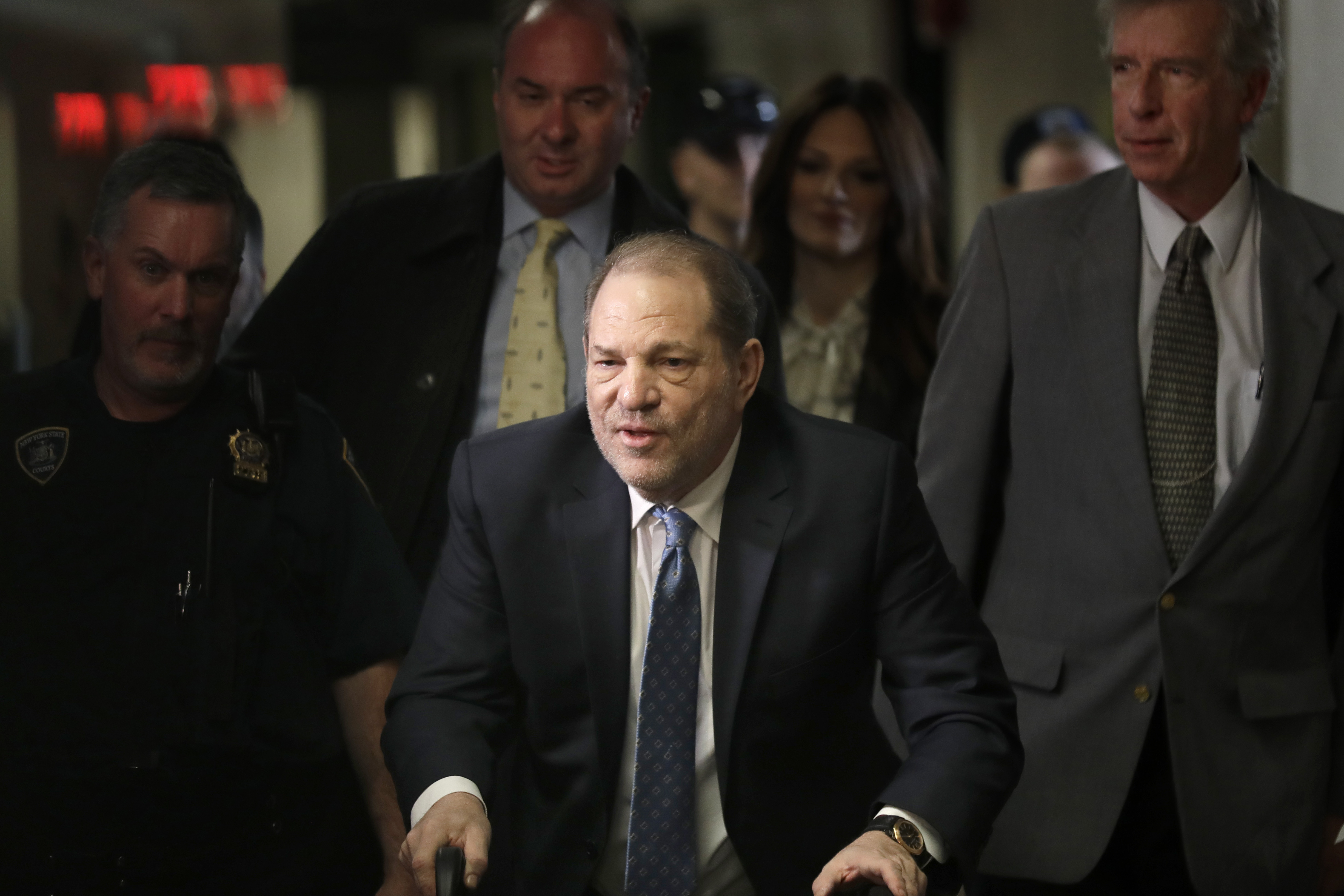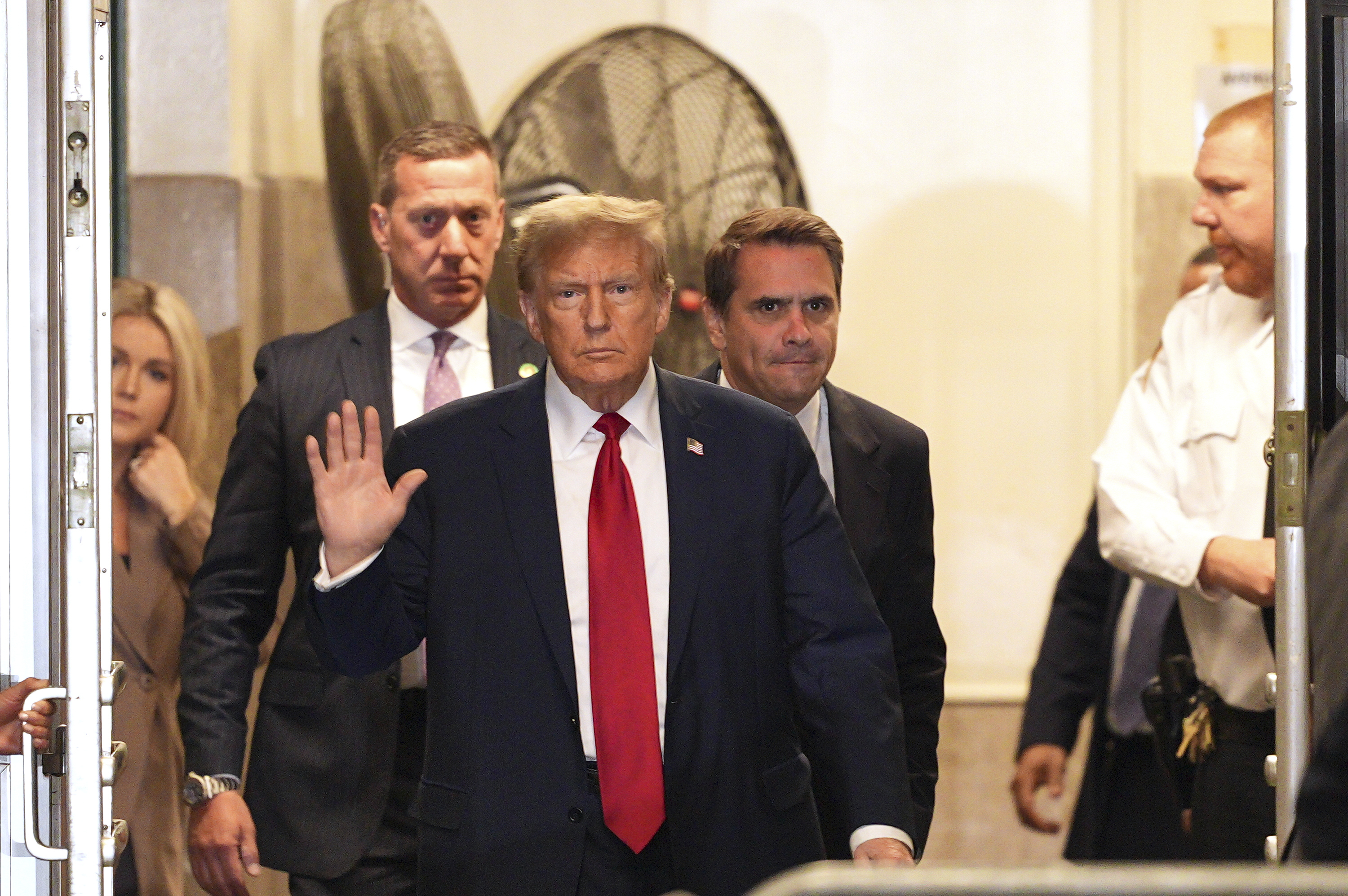What to Know
- The MTA is committing to underground cell service -- not only in the platforms, but in the tunnels.
- With a cost of $600 million, which will be paid for by Transit Wireless, the plan will be a 10-year build-out with key features that will provide cell service between stations and through more than 400 miles of tunnels throughout the system -- all in hopes of eliminating those dead zones.
- Overall, it’s going to take 10 years to get all the subway system connected.
Working from home is one thing, but working from a subway train? For many commuters this can only happen when you’ve got cell service. For now this is impossible when the train goes into the tunnel, but this will change.
The MTA is committing to underground cell service -- not only in the platforms, but in the tunnels.
With a cost of $600 million, which will be paid for by Transit Wireless, the plan will be a 10-year build-out with key features that will provide cell service between stations and through more than 400 miles of tunnels throughout the system -- all in hopes of eliminating those dead zones.
Get Tri-state area news and weather forecasts to your inbox. Sign up for NBC New York newsletters.
According to Janno Lieber, the MTA Chairman, the plan "has a real safety benefit," as well.
Lieber told News 4 New York that at a time when ridership is only 65% of pre-pandemic levels, many are citing safety as the top reason they’re hesitant to ride again. Getting connected could lure commuters back.
"We want them to be able to keep doing their work connected to their families and productive while they’re on the system,' Lieber said. "Having connectivity in the tunnels and everywhere in the subway systems is gonna deliver that."
News
The strategy is based on what they did in the L-Train Canarsie Tunnel back in 2020. When crews went down to fix Superstorm Sandy damage, they wired it for cell service -- making the L train a successful test case. The other tunnels are next.
The Riders Alliance says it’s important progress from an agency sometimes slow to deliver.
“We need more frequent service that is reliable and accessible but we also need connectivity," Danny Pearlstein of the Riders Alliance said. "It will bring people in and help keep people safe.”
With the news, subway riders are imagining the day when they can send a text or finish a phone call without having to be in a station to connect to WiFi.
"I’ll be able to do my homework and coursework and send emails -- that’s pretty good," Layla Nbinba, a commuter, said.
Another commuter, Tim Wilkins said he also works while using the subways.
“I end up doing a lot of work," Wilkins, an attorney, said. "I travel everywhere on subway, I believe in public transportation, and I am often doing at least a couple of memos on the subway platform so it’s great to know they’ll get sent right away.”
The plan also calls for WiFi to be added to about 191 above-ground stations where the public currently does not have the capability of getting on the WiFi network.



